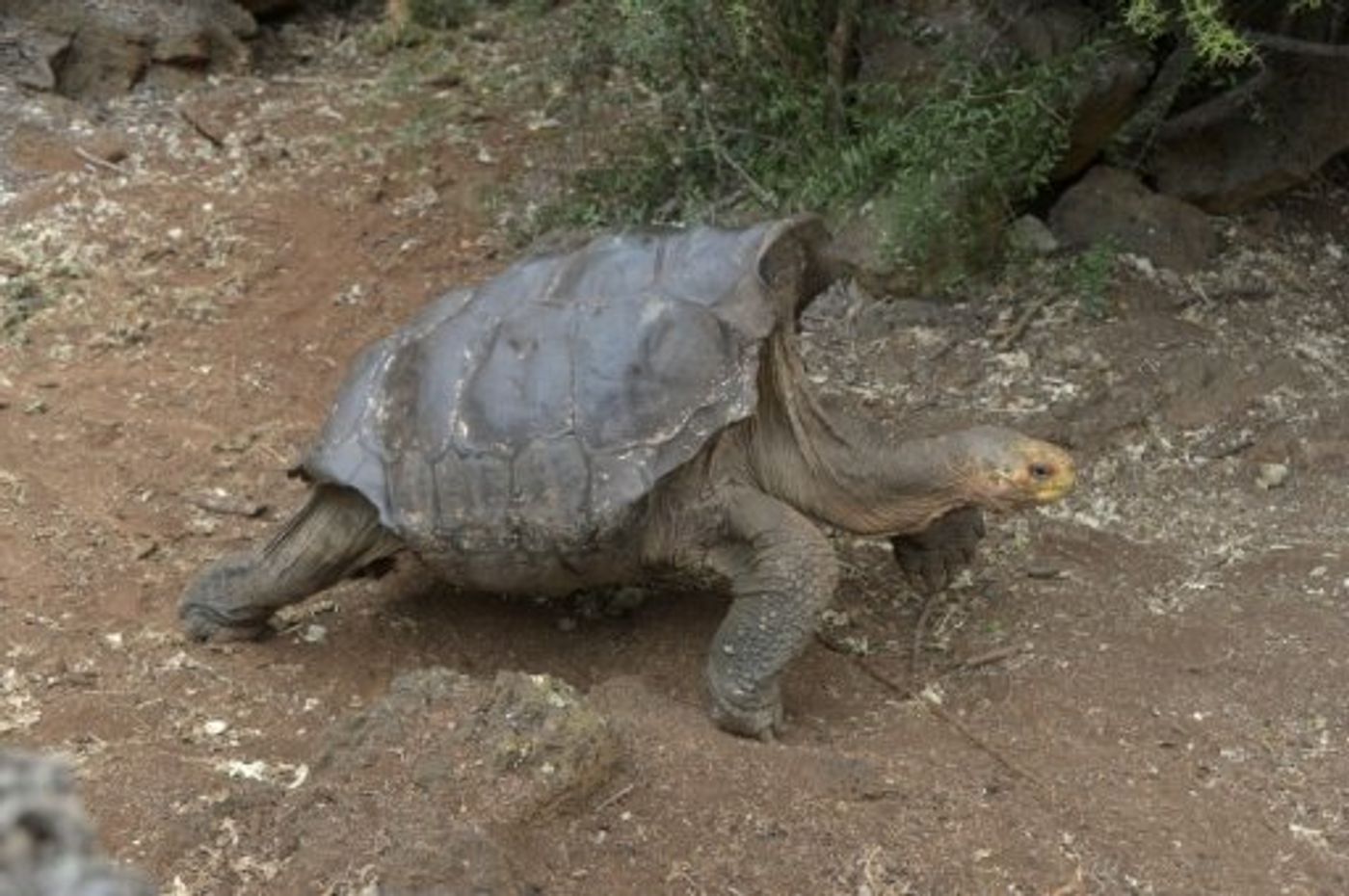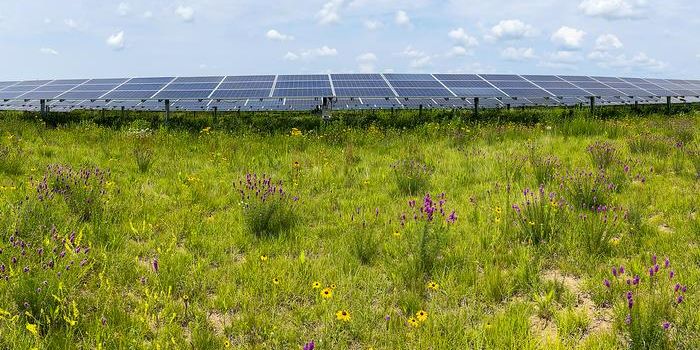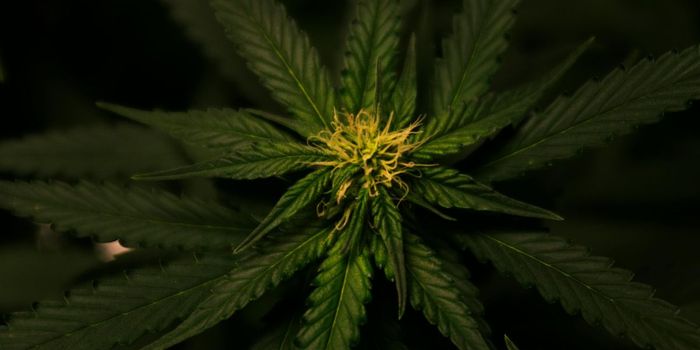Diego the Giant Tortoise Has Fathered Well Over 800 Offspring
The giant tortoise is an icon for conservation on the Galapagos Islands. They can get really big, but their population numbers aren’t the best at this point in time, but they are making a comeback.

Image Credit: AFP / by Santiago Piedra Silva
One specific 100-year-old giant tortoise who goes by the name of Diego has reportedly contributed a ton to helping his species multiply, and he did it by being smooth with the ladies.
Despite being over 175 pounds and nearly 5 feet fall, he has managed to get around enough to find the female mates necessary to reproduce. Other males in the region have been too spaced out to find mates to reproduce with other females.
Diego has successfully fathered more than 800 offspring in his lifetime, a number that is sure to help his species quite a bit. You could say he’s the natural answer to conservation efforts. He’s done several times more work to save his species from extinction than any other males in the region have, so he should get a medal for his talent.
The old-timer is still alive and well today on Espanola, an island of the Galapagos Archipelago. His species, Chelonoidis hoodensis, is unique to the area and can’t be found in the wild anywhere else in the world.
"He's a very sexually active male reproducer. He's contributed enormously to repopulating the island," Washington Tapia, a tortoise preservation specialist at the Galapagos National Park, said in a statement to AFP News.
Part of his life was spent at the San Diego Zoo in the United States, although the time he arrived there is very much unknown. We do know, however, that Diego was transferred back to the Galapagos in 1976 under the captive breeding program to help with dwindling numbers.
"We did a genetic study and we discovered that he was the father of nearly 40 percent of the offspring released into the wild on Espanola," Tapia said. "I wouldn't say (the species) is in perfect health, because historical records show there probably used to be more than 5,000 tortoises on the island. But it's a population that's in pretty good shape -- and growing, which is the most important,"
Diego’s species is no longer endangered thanks to the captive breeding program, but we have Diego to thank for this success.
On the other hand, there are 15 major species of the giant tortoise in the Galapagos, and three of them have already went extinct, so the threat still continues for other species.
Source: AFP News via Phys.org
-
MAY 07, 2024Is It Anti-RNP or Anti-Sm/RNP?
- See More
-
APR 30, 2024Immuno-Oncology Virtual Event Series 2024
-
MAY 07, 20243rd International Biosecurity Virtual Symposium
-
JUN 06, 2024The Future of Scientific Conferencing
- See More

















































